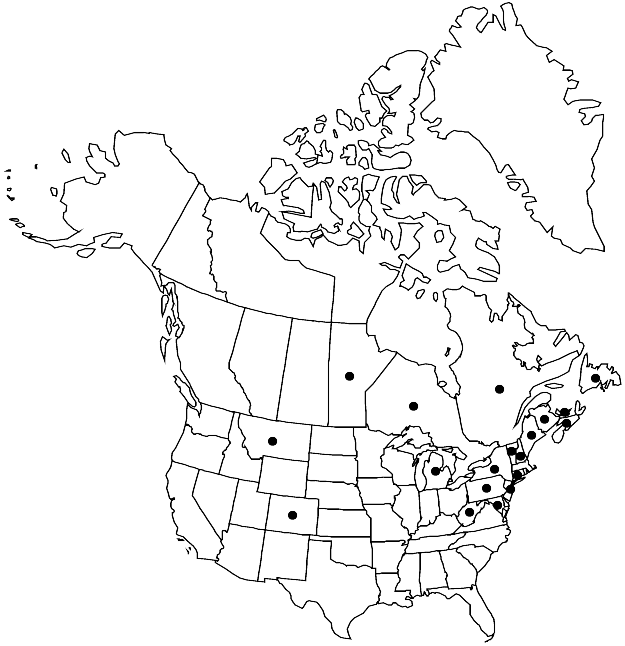Difference between revisions of "Sciuro-hypnum curtum"
Arctoa 16: 71. 2008.
FNA>Volume Importer |
FNA>Volume Importer |
||
| Line 7: | Line 7: | ||
|year=2008 | |year=2008 | ||
}} | }} | ||
| − | |basionyms={{Treatment/ID/ | + | |basionyms={{Treatment/ID/Basionym |
|name=Hypnum curtum | |name=Hypnum curtum | ||
|authority=Lindberg | |authority=Lindberg | ||
| + | |publication_title=Musc. Scand. , | ||
| + | |publication_place=35. 1879 | ||
}} | }} | ||
|synonyms={{Treatment/ID/Synonym | |synonyms={{Treatment/ID/Synonym | ||
| Line 51: | Line 53: | ||
|publication year=2008 | |publication year=2008 | ||
|special status= | |special status= | ||
| − | |source xml=https://jpend@bitbucket.org/aafc-mbb/fna-data-curation.git/src/ | + | |source xml=https://jpend@bitbucket.org/aafc-mbb/fna-data-curation.git/src/f6b125a955440c0872999024f038d74684f65921/coarse_grained_fna_xml/V28/V28_719.xml |
|genus=Sciuro-hypnum | |genus=Sciuro-hypnum | ||
|species=Sciuro-hypnum curtum | |species=Sciuro-hypnum curtum | ||
Revision as of 19:47, 24 September 2019
Plants medium-sized to large, in loose tufts, green, sometimes yellowish or brownish. Stems to 10 cm, ascending or more commonly arching, flexuose, terete- to subcomplanate-foliate, irregularly pinnate, branches to 10 mm, often curved, terete- to complanate-foliate. Stem leaves erectopatent to patent, loosely arranged, ovate or ovate-triangular, slightly concave, not plicate, 1.4–2.4 × 0.9–1.5 mm; base with decurrency broad proximally, becoming very narrow; margins plane, serrulate; apex gradually acuminate to narrowly acute; costa to 30–75% leaf length, weak, terminal abaxial spine small or absent; alar cells larger than basal juxtacostal cells, 15–40 × 12–18 µm, walls relatively thin, region abruptly or occasionally gradually delimited, pellucid; laminal cells linear, 60–150 × 7–12 µm; basal cells broader, shorter than laminal cells, region in 3 rows. Branch leaves ovate; base asymmetric; margins recurved basally on one side, more strongly serrulate to coarsely serrate distally; apex acute; costa in some leaves with terminal spine prominent, with several abaxial teeth. Sexual condition autoicous. Seta reddish, 1.7–3.2 cm, rough. Capsule horizontal to pendent, reddish, oblong, curved, especially when young (sometimes forming 180–270° arch), 2 mm. Spores 13–17 µm.
Habitat: Forest floors, coniferous forests, soil rich in humus, logs, mineral soil, tree bases, under tall herb vegetation
Elevation: low to moderate elevations (0-900 m)
Distribution

Man., N.B., Nfld. and Labr. (Nfld.), N.S., Ont., P.E.I., Que., Colo., Conn., Maine, Md., Mich., Mont., N.H., N.J., N.Y., Pa., Vt., W.Va., n Eurasia, Atlantic Islands.
Discussion
In the West, Sciuro-hypnum curtum is known only from two collections: North American Mosses 259, Montana, Columbia Falls, R. S. Williams in 1896 (NY), and Manitoba, south of Harashville, Mueller-Dombois 068–13 (MO). Most collections in American herbaria are deposited under the name Brachythecium starkei. Sciuro-hypnum curtum becomes very slender and loosely foliate in deep shade. It can be recognized by not plicate, ovate to ovate-triangular leaves; relatively short costa, often ending at 0.4–0.6 leaf length; pellucid group of cells adjacent to decurrency or sometimes extending to most of leaf base; frequent sporophytes; coarse serration of leaf margins; cells often longer than 100 µm in stem leaves; and strongly curved capsules. Brachythecium rutabulum is similar, and when optimally developed forms rather dense tufts that never occur in S. curtum. However, B. rutabulum from deeply shaded habitats may have loose tufts and nearly plane leaves, and strongly resemble S. curtum. The leaf of S. curtum from its broadest point is tapered at 35–45°, while for B. rutabulum at 30–35°, resulting in more acuminate leaves of the former. The patterns of decurrencies are also distinct: S. curtum has long and narrowly decurrent leaves, while in B. rutabulum decurrencies are triangular, broad and rather short.
Selected References
None.